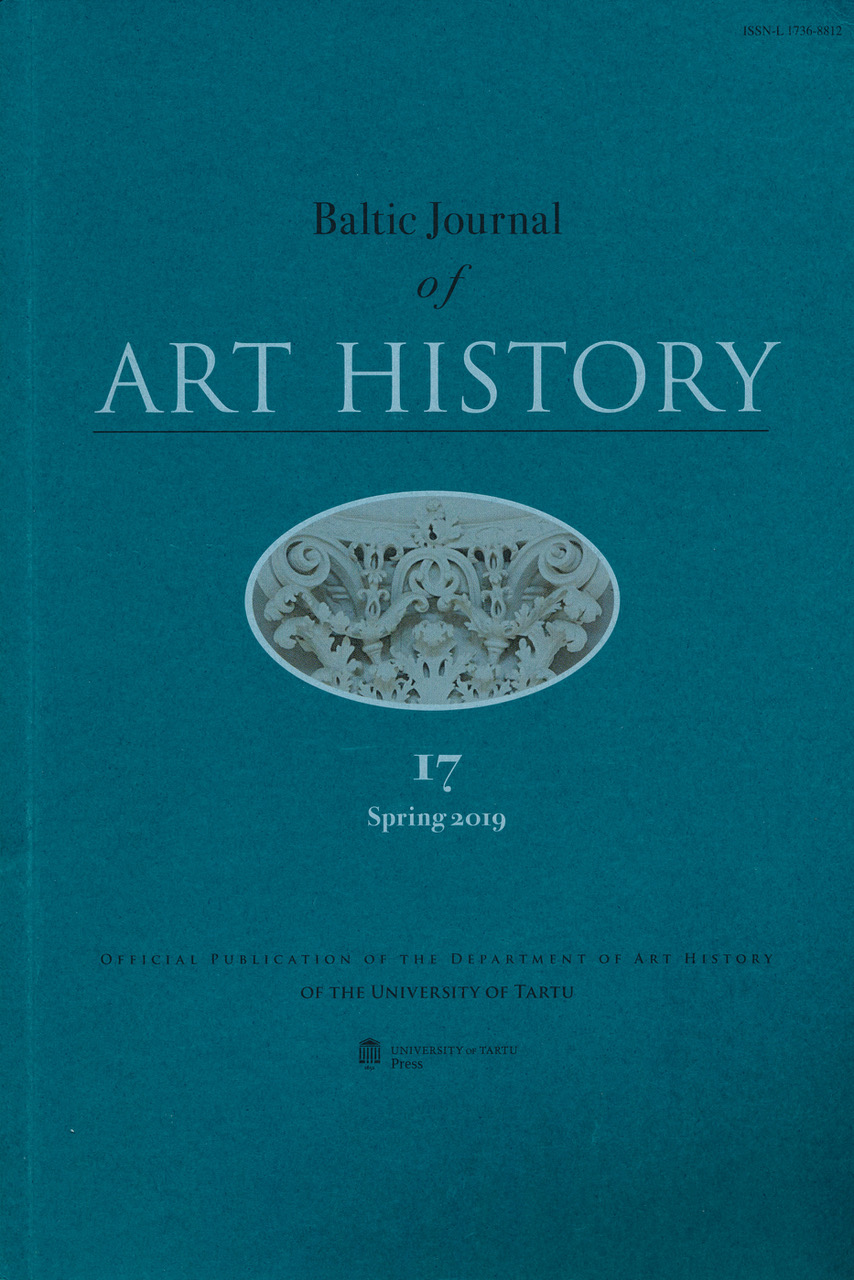THE CONCEPT OF RUSSIAN ARCHITECTURE IN THE BALTIC PROVINCES BETWEEN THE GREAT NORTHERN WAR AND THE COSMOPOLITANISM OF THE 19TH CENTURY
DOI:
https://doi.org/10.12697/BJAH.2019.17.05Keywords:
cultural geography, Russian architecture, Baltic provinces, Italian architects, manor houses, church architectureAbstract
The goal of this article is to examine the role of the new Russian ruling
power as it related to cultural policy in the Baltic provinces between
the Great Northern War (1700–1721) and the Russian Revolution (1917),
in order to engender a discussion about the Russian influence in
Estonia’s architectural history – its content and meaning – based on
primary sources in the archives of Estonia, St Petersburg and Moscow.
The historiography of this topic dates back nearly a century; as a
neighbouring country and an important centre of political power and
culture, the influence of St Petersburg as the main Russian metropolis
has been always been taken into consideration and studied in the
history of Estonian art history. The articles by Sergey Androsov
and Georgy Smirnov that appear in this volume have provided the
inspiration to try and re-examine the entire spectrum of Estonia’s
position between East and West, and to point out the main subjects
in this new context and the relationship to the new geography of
architecture in the Age of Enlightenment and the stylistic changes
of the 19th century.

